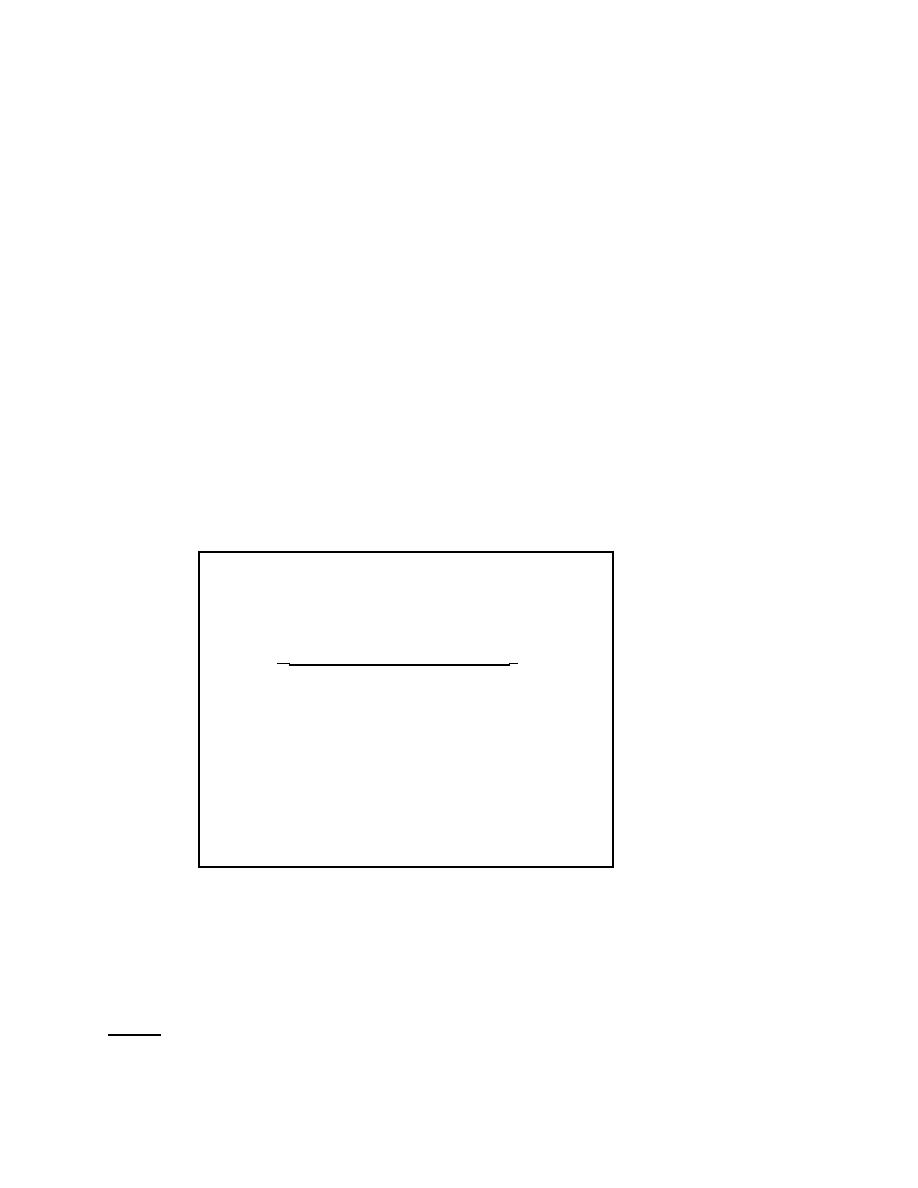
An excess of fill will have to be placed initially because the finer material will be lost from the
beach as the waves sort the deposit. The amount of overfill needed to account for these initial losses
depends on the textural characteristics of the fill and the in-place material. These are compared by using
measures of the mean grain size and sorting of the sand samples as given by Hobson (1977). Sorting is
an indication of the range of particle sizes that are present. A well sorted sample contains particles that
are' approximately the same size. A poorly sorted sample contains a gradation of particle sizes.
Mean grain sizes and sorting are expressed in phi units. These are defined as,
φ = - log2 d(mm)
(18)
where, d(mm) = the particle diameter in millimeters. Note,
log2 d(mm) = log10 d(mm) / log10(2).
Therefore
φ = -3.32 log10 d(mm)
(19)
Table 17 compares the millimeter and phi size scales.
Table 17
PHI VERSUS MILLIMETER PARTICLE SIZES
φ
D(mm)
256
-8
64
-6
8
-3
4
-2
2
-1
1
0
0.5
1
0.25
2
0.125
3
0.0625
4
An estimate of the mean particle size is
M = (φ84 + φ16)/2
(20)
Where φ84 and φ16 are points on the gradation curve than represent the percentage of the sample that is
coarser than the particular phi size. Phi sorting can be estimated by
115



 Previous Page
Previous Page
